The union building trades help Melony Butler continue her dream of having a place where former service members can go to recover from the trauma of war.
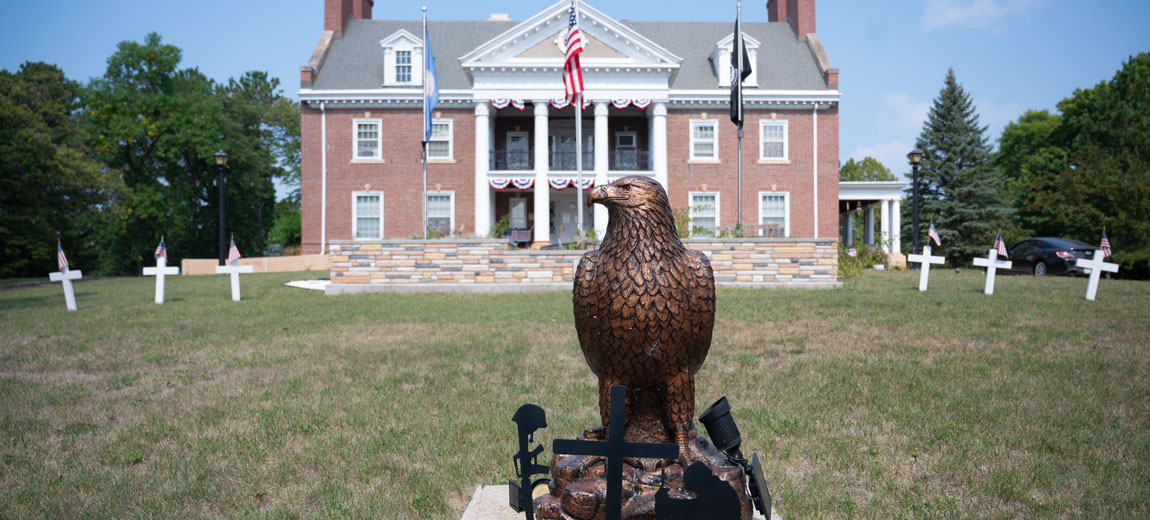

The union building trades help Melony Butler continue her dream of having a place where former service members can go to recover from the trauma of war.
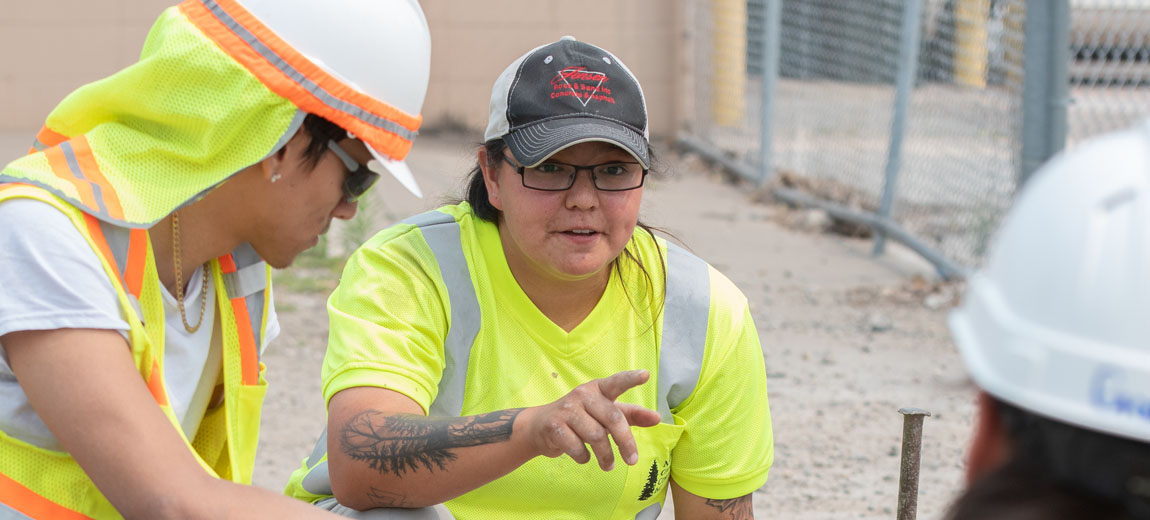
A ten week pre-apprenticeship industry orientation program was held this summer at the Cement Masons Local 633 training center in New Brighton.

The Minnesota Building and Construction Trades Council held an Employer Support of the Guard and Reserves (ESGR) signing ceremony, the first official step in the union building trades becoming a Yellow Ribbon Company.
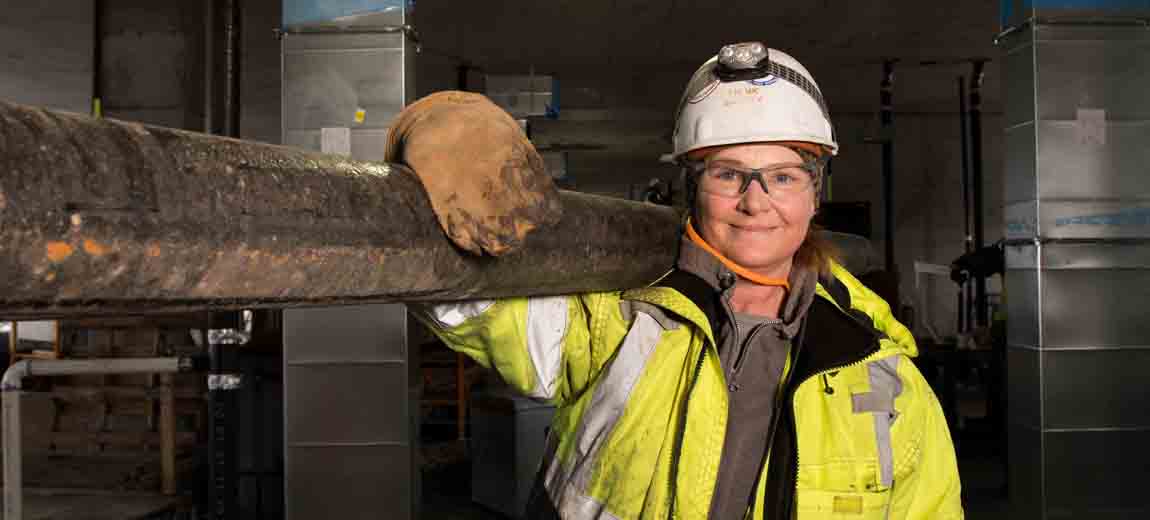
During the first week in March the National Association of Women in Construction (NAWIC) mobilized its 118 U.S. chapters to recognize and laud the achievements of women in the building construction trades.
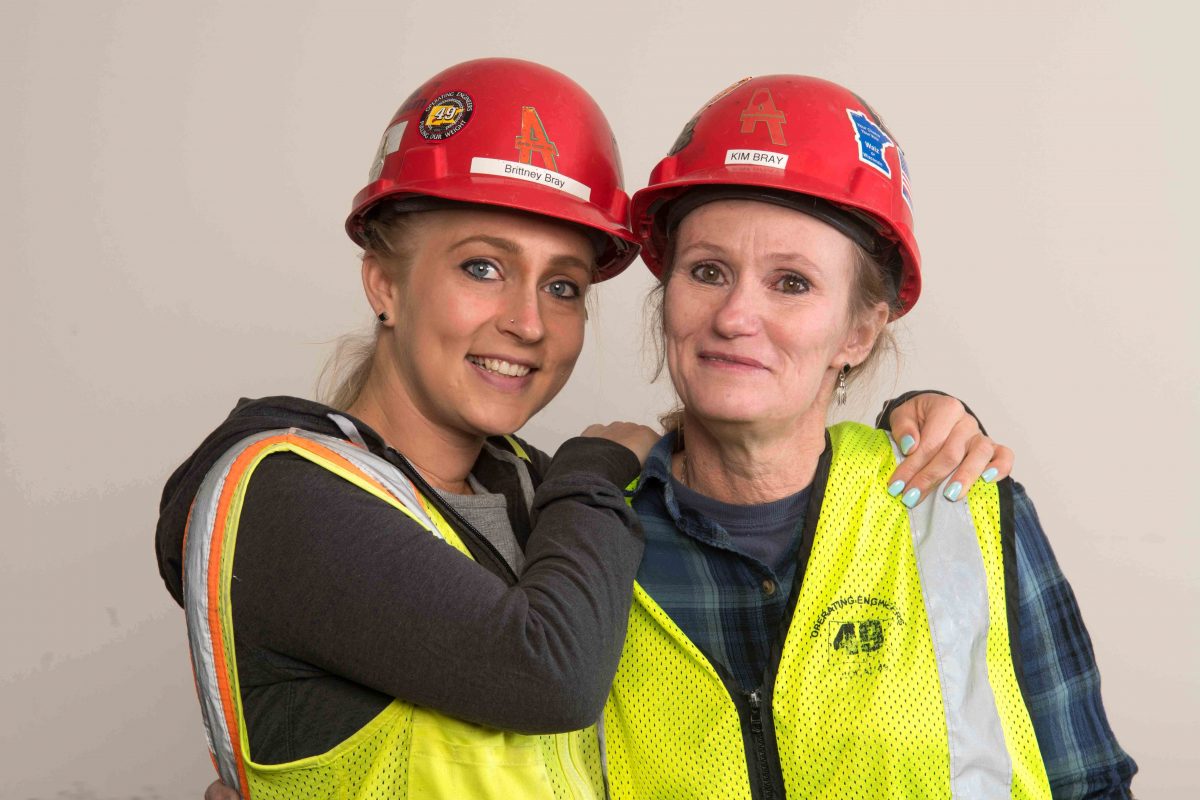
Kim and Brittney Bray, mother and daughter, work as Operating Engineers and members of IUOE Local 49.
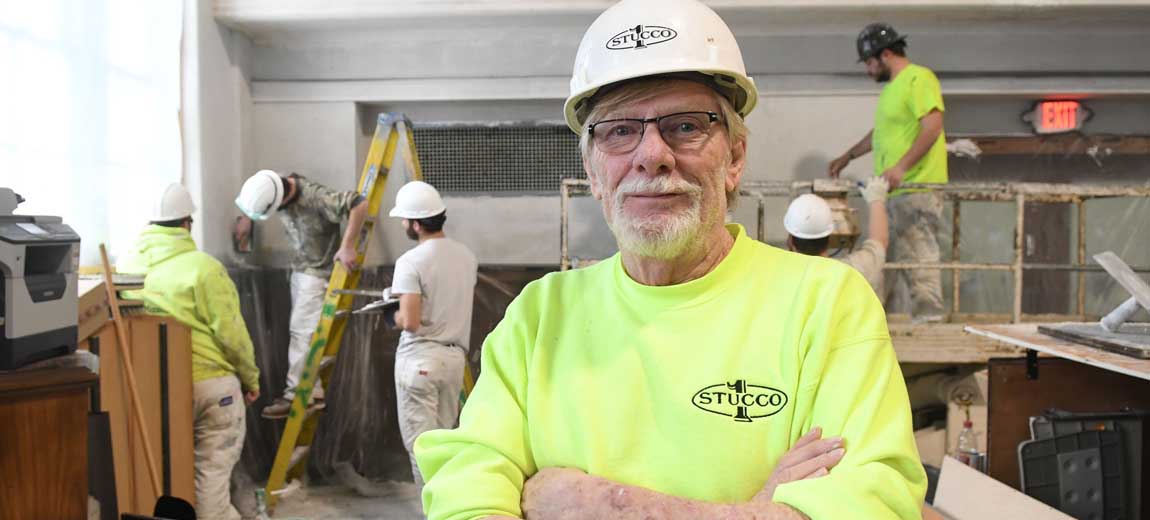
A surprising number of veterans experience difficulty returning home from their service.
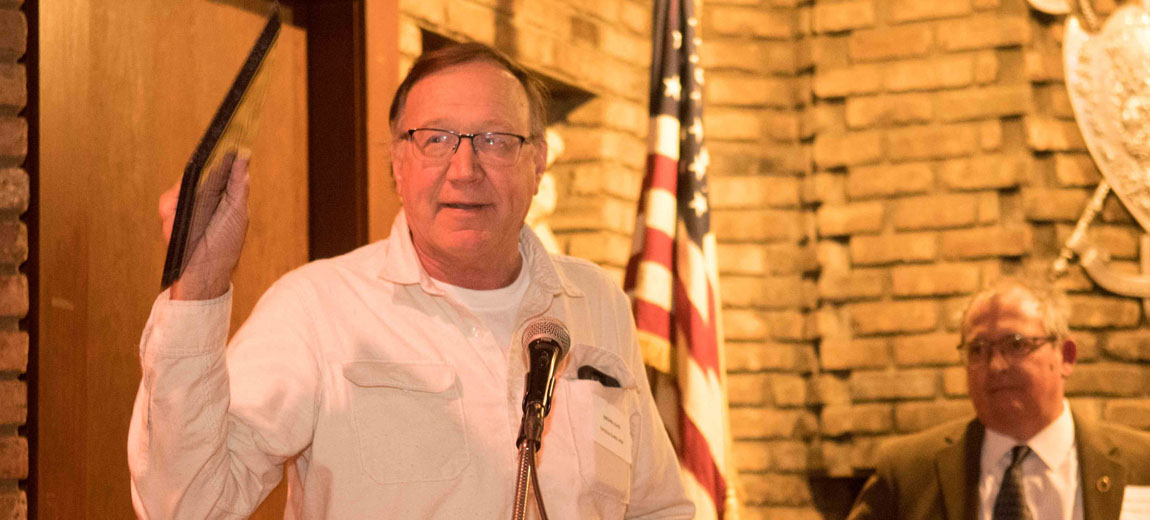
Representatives from all the trades packed the big room at Mancini’s Char House in St. Paul Monday, Feb. 4, for the Apprenticeship Coordinators Association’s Injured Apprenticeship Fundraiser Dinner.

Rice County Habitat for Humanity’s latest home project is located on Willow Street, one of the city’s main throughfares in Faribault, MN.
Residents of Minnesota don’t fear winter. They embrace it. Such was the case on Saturday, Jan. 19, when 100 kids joined their parents to go fishing on Coon Lake as part of the Take Kids Ice Fishing Day, sponsored by…